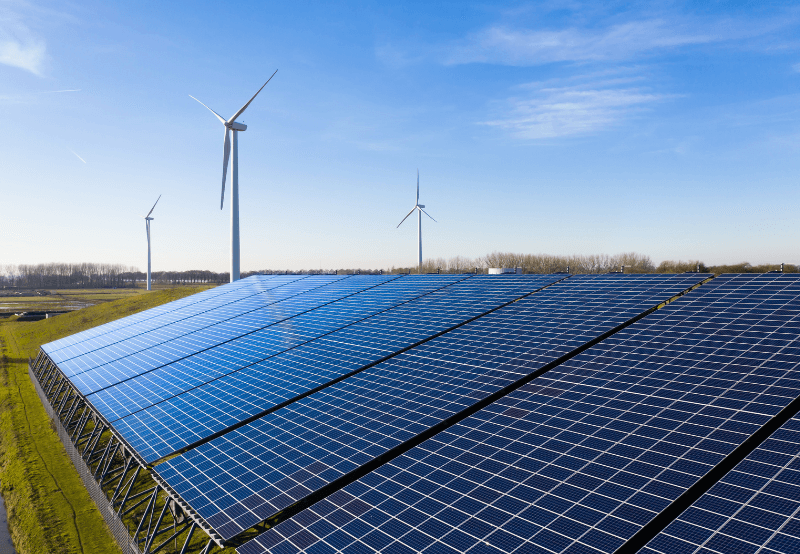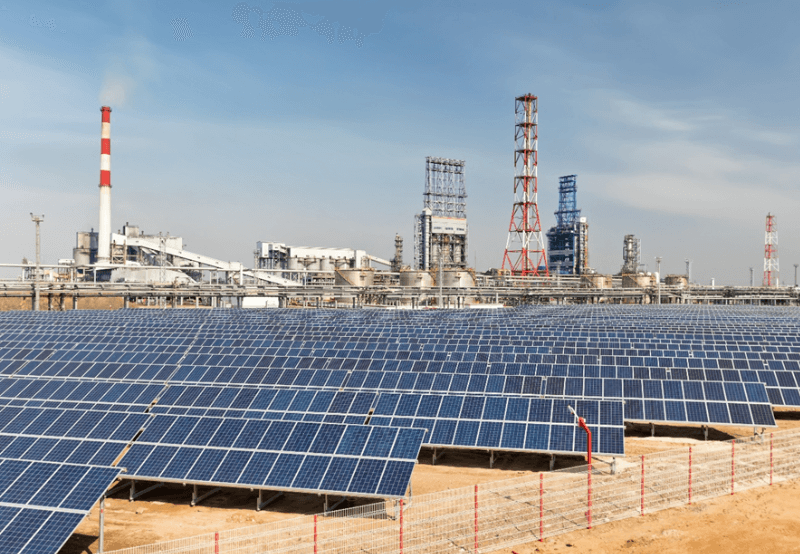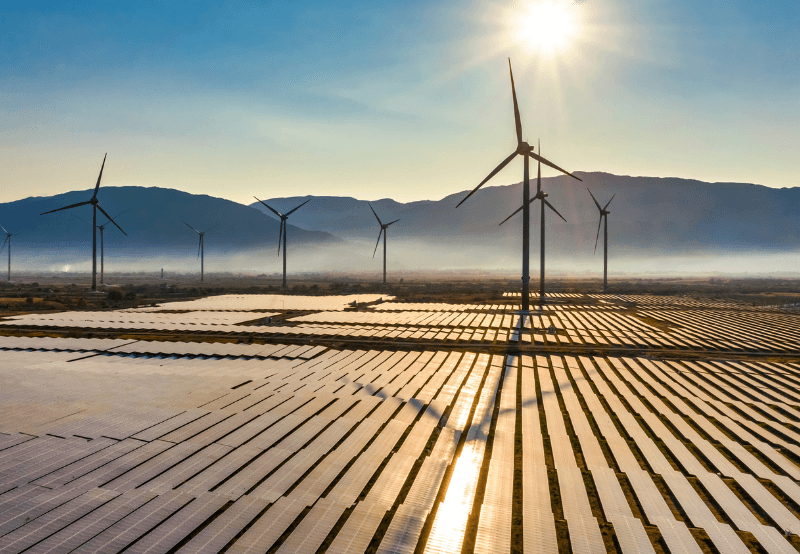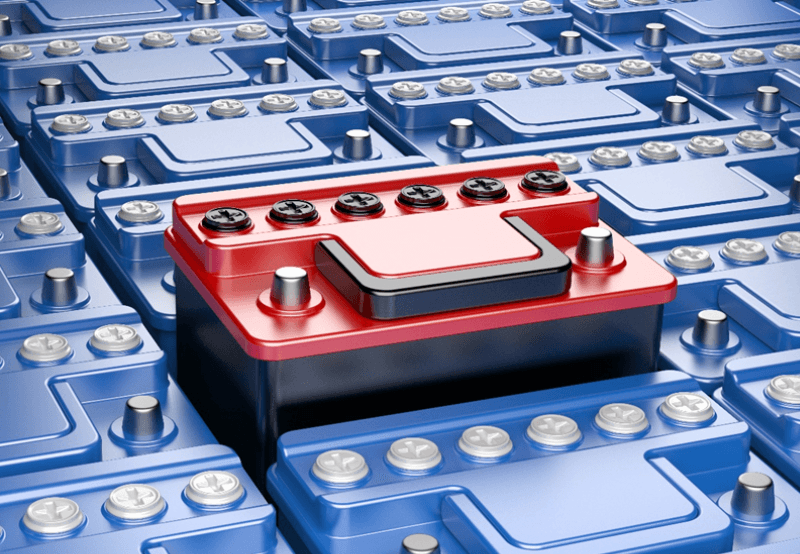Uniform Solar Tariff Idea Faces Pushback from Intermediaries
Developers say they will welcome the system if it expedites PSA signing
November 7, 2022
The proposed system for a ‘Uniform Solar Tariff’ under a central pool (ISTS-connected projects) is facing opposition from government-owned nodal agencies as they contend that many state-owned distribution companies that are currently sourcing cheaper power will not agree to buy at a higher uniform tariff.
The opposition is also based on earlier experience when two years ago when the government had attempted to pool expensive power from manufacturing-linked solar projects with that of lower tariff projects. However, despite bringing down the tariff somewhat, SECI found it challenging to sell it to DISCOMs.
A flat rate for solar power for all state DISCOMs is expected to encourage states to sign power purchase agreements (PPAs). States often delay entering into PPAs or force developers to renegotiate the rates because discovered tariffs are either higher than their previous PPAs or other states have discovered lower tariffs.
Chart: Lowest tariffs in solar bids moving up over last two years
“DISCOM managements are very reluctant to give the go-ahead for PPAs with higher tariffs than earlier agreements. They feel that it would be hard to justify such PPAs to the finance departments of their respective states, and hence they often delay it interminably,” a government official closely associated with ongoing discussions on the proposed pooling mechanism said.
He added that when all states can avail power at the same rate, DISCOMs wouldn’t have to make a case for procuring power at a higher tariff.
However, industry experts said that the mechanism might fix one leak in the system but could face a new problem unless all states are convinced of the benefits of a uniform tariff mechanism.
Stranded solar capacity due to delay in PPAs has been a concern area for the sector as it renders projects unviable for developers. Further, the states have often failed to meet their Renewable Purchase Obligations (RPOs) because of such delays.
“The developers have made cost assumptions considering commissioning within 2-3 years and delays longer than that pose unknown risks to the projects,” Rahul Tyagi, Associate Director, Amp Energy India, said.
Trade margin for intermediaries
The uniform tariff will be arrived at after taking a weighted average of recent bids, and a single rate will be decided. The DISCOMs that are currently paying higher than the single rate will benefit but the states which have contracted long-term PPAs at low tariffs are likely to oppose the move.
The potential opposition resulting in untied power, has made Central government intermediary agencies (SECI and NVVN) jittery as they stand to lose a hefty ₹0.07/kWh trade margin from DISCOMs. These agencies sign power sale agreements (PSAs) with developers and sign PPAs from DISCOMs, which pay them the quoted price for power along with the trade margin.
“The intermediaries do not want their boats rocked. States not signing PPAs would mean they lose out on their fees. It would also mean that the developer will sell the untied power on the market or under a third-party direct agreement, which will also leave the intermediaries out of the loop and hamper their earnings,” a source privy to the meetings on uniform tariff said.
Developers await implementation
On the other end of the spectrum, developers say that the system seems favorable to them, and they would welcome it if it were implemented.
An industry source said that at least 10 GW of solar capacity is currently languishing without PPAs, and the number was higher at the beginning of the year.
“Delay in the signing of PPAs and commissioning timeline is already putting these projects under pressure. The uniform tariff mechanism is an initiative to address the challenges faced in reverse bidding. If it can address the challenges, then yes it will be a good initiative for the overall development of the sector,” Tyagi said.
Uniform Tariff method
The idea was proposed in the Draft Electricity Amendment Rules, 2022 released in August. It said that a ‘Uniform RE Tariff’ for the central pool will be implemented for solar, wind, hydro, small hydro, and power from any other renewable energy source.
It applies to all the power projects for which the central agencies invite bids. The competitive bidding process under reverse auction will remain intact, and the developers will continue to get the bid-discovered tariffs. However, the DISCOMs signing PPAs will pay for the uniform tariff decided in place of the tariff discovered in the bidding.
A central agency, probably SECI, will manage the central pool which would include its current function of signing back-to-back PPAs along with settling payments to developers and between DISCOMs. It will also devise a formula to calculate the weighted average tariff of bids conducted in the past few years, which will be the new tariff payable by DISCOMs.
For instance, if DISCOM ‘A’ and DISCOM ‘B’ are currently paying ₹2 ($0.024)/kWh and ₹3 ($0.036)/kWh respectively to the developers for the same amount of power, then the weighted average tariff is ₹2.5 ($0.03)/kWh. The uniform tariff system would mean that ‘A’ will now pay ₹0.50($0.006)/kWh higher, and ‘B’ would pay less by the same amount. This ensures that the national tariff pool remains constant, and developers continue to get the same amount/kWh as before.
Get the most relevant India solar and clean energy news.
RECENT POSTS
Nov 30, 2022
Nov 30, 2022
Mar 2, 2023
Mar 2, 2023
India added 2.5 GW of solar open access in the calendar year (CY) 2022, a year-over-year (YoY) increase of 92% from the 1.3 GW installed in CY 2021, according to the newly released 2022 Q4 & Annual Mercom India Solar Open ...
March 16, 2023
Markets & Policy
25% of Generation Capacity of Coal Plants Must be from Renewables: Ministry of PowerThe Ministry of Power (MoP) has proposed that any coal-based thermal generation station coming up after April 1, 2024, must either install or procure renewable energy equivalent to 25% of the thermal generation capacity. Stakehold...
November 9, 2022
Mercom Research Focus
India’s Solar Market Leaders for 1H 2022Mercom India has released its report, India Solar Market Leaderboard 1H 2022, unveiling solar market leaders in the first half (1H) of the calendar year (CY) 2022. The report covers market share and shipment rankings across the In...
November 9, 2022
Energy Storage
Webinar to Shed Light on How Battery Storage Enhance Solar Systems’ PerformanceBattery energy storage technologies globally are transforming how companies utilize, control, and dispatch electricity and facilitating a smoother transition to clean energy. The Indian market is also realizing how battery storage...
November 9, 2022
Trending News
November 30, 2022
November 30, 2022
March 2, 2023
March 2, 2023
November 28, 2022
Tender & Auctions
PTC India’s EoI to Procure 1 GW of Hybrid Power Receives Overwhelming Response
November 3, 2022
Magazine
Grid
GreenCell Raises $40 Million Funding from ADB to Develop Electric Buses
Energy Storage
Webinar to Shed Light on How Battery Storage Enhance Solar Systems’ Performance
November 7, 2022
Latest News
This is custom content that will be displayed at the video in case you want to give an overview, etc. Michael Ballard
November 30, 2022
India added 2.5 GW of solar open access in the calendar year (CY) 2022, a year-over-year (YoY) increase of 92% from the 1.3 GW installed in CY 2021, according to the newly released 2022 Q4 & Annual Mercom India Solar Open...
March 16, 2023
The Ministry of Power (MoP) has proposed that any coal-based thermal generation station coming up after April 1, 2024, must either install or procure renewable energy equivalent to 25% of the thermal generation capacity....
November 9, 2022
Some test content that can be displayed somewhere maybe if needed? Not sure Michael Ballard
November 30, 2022
March 2, 2023
OUR FLAGSHIP EVENT, MERCOM INDIA RENEWABLES SUMMIT, APRIL 2023 Mercom India Renewables Summit 2023 (formerly Mercom India Solar Summit) brings together developers, manufacturers, investors, innovators, and other key decision...
November 28, 2022
PTC India’s expression of interest (EoI) to procure 500 MW of hybrid renewable energy (wind and solar) (Tranche-I), with a greenshoe option for an additional 500 MW, has received a strong response, according to Mercom sources....
November 9, 2022
Ballard Power Systems, a fuel cell and clean energy solutions provider, recorded a net loss of $42.88 million in the third quarter (Q3) of 2022, a year-over-year (YoY) increase of 39%. The revenue for the quarter was $21.34...
November 9, 2022
Solid Power, Inc., a U.S.-based developer of all-solid-state battery cells for electric vehicles (EVs), reported a net loss of $12.4 million for the third quarter (Q3) 2022, a 46% increase from the $8.45 million loss during the...
November 9, 2022
Get the most relevant India solar and clean energy news.
POPULAR POSTS
Test Video Post2
Nov 30, 2022
14:46 Installs a Record 2.5 GW of Solar Open Access in 2022, Up 92% YoY
Mar 16, 2023
25% of Generation Capacity of Coal Plants Must be from Renewables: Ministry of Power
Nov 9, 2022
JANUARY 2023
Nov 30, 2022
DECEMBER 2022
Mar 2, 2023
NOVEMBER 2022
Mar 2, 2023
Mercom India Renewables Summit 2023
Nov 28, 2022






